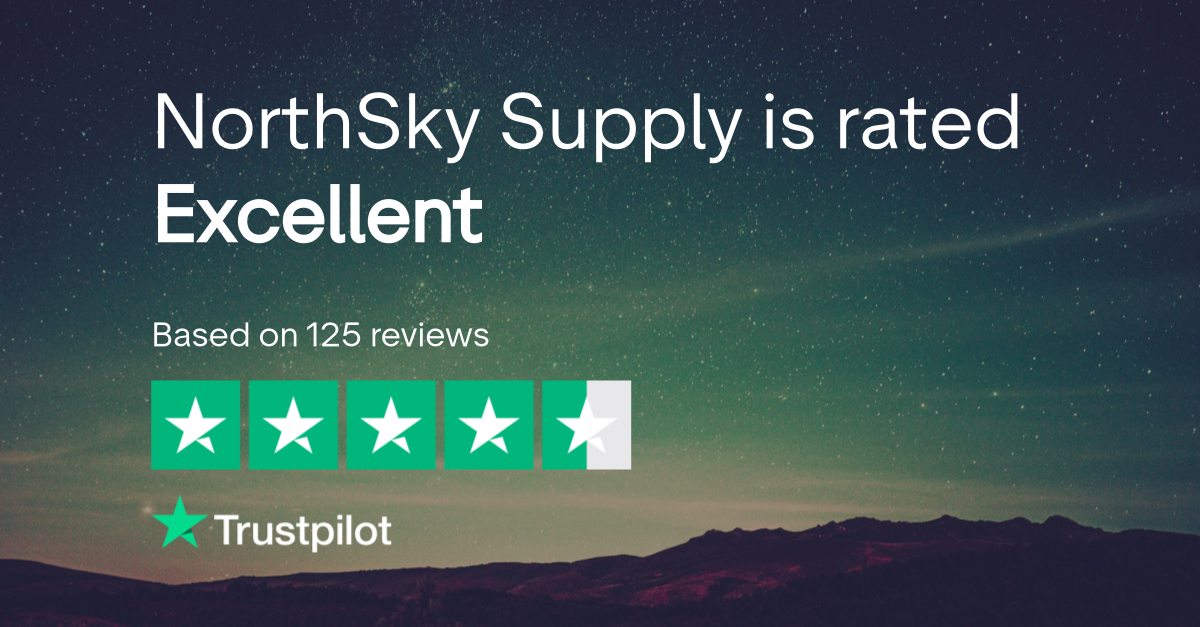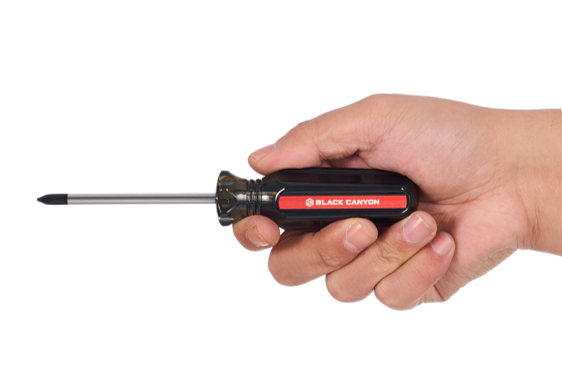In procurement, consistency is often confused with efficiency.
Purchasing teams stick with one supplier because it’s “easier.” The paperwork is done, the vendor is approved, and the routine is predictable. It's convenient.
Convenience is a luxury expense that finance should not approve.
Here's why:
The Illusion of Efficiency
It’s easy to see why single-source relationships become the norm. One account to manage. One invoice to process. One number to call. But that simplicity often masks slow price creep, limited product options, and a false sense of market stability.
Suppliers know when they have your loyalty — and even the best-intentioned vendors respond to that differently when there’s no competition. Prices inch upward, stock visibility narrows, and innovation stalls. The relationship stops being mutually beneficial and starts being predictable — for them, not for you.
Competition Drives Value
The simple truth is that multiple sourcing isn’t just a safeguard — it’s a strategy. When you introduce competition into your supply chain, you restore market balance.
-
Competitive Pricing: Even a secondary vendor quote can reset pricing behavior and keep your primary supplier honest.
-
Broader Selection: Different suppliers specialize in different product categories. Expanding your vendor list often uncovers better options and substitutes.
-
Supply Security: Redundancy is resilience. Having backup suppliers protects you from disruptions — whether that’s a shipping delay, a tariff, or a global shortage.
In other words: choice isn’t chaos — it’s control.
The Real Cost of Complacency
The hidden costs of supplier complacency go beyond dollars:
-
Missed Savings: Margins built into your single source’s pricing may no longer reflect fair market value.
-
Operational Risk: If that one supplier experiences delays or stockouts, your entire operation feels it.
-
Innovation Lag: Newer, better, or more cost-efficient solutions often come from emerging suppliers who never get the chance to compete.
Over time, complacency compounds — in pricing, in process, and in performance.
The Data
Research backs this up.
According to a study published in the International Journal of Production Economics, companies that rely on a single supplier often see higher costs and increased risk compared to those that maintain a competitive vendor base.
“Single sourcing … can amplify a firm’s exposure to risk (e.g., supplier’s default) in the presence of uncertainty.”
How to Break the Cycle
You don’t have to overhaul your supply chain overnight. Start small:
-
Benchmark quarterly. Get competitive quotes on key SKUs at least every few months.
-
Pilot alternative vendors. Try splitting volume across two sources and measure the impact.
-
Track total cost, not just price. Include shipping, lead time, and reliability in your evaluations.
And when you find suppliers who perform consistently — like NorthSky — keep them in the mix, not as a monopoly, but as part of a balanced, competitive ecosystem that keeps your costs sharp and your operations strong.
A Smarter Way Forward
The most successful procurement leaders aren’t the ones who find a single perfect supplier — they’re the ones who build a supply network that stays competitive, flexible, and informed.
Get a price comparison from NorthSky to see how we can help your business save.






